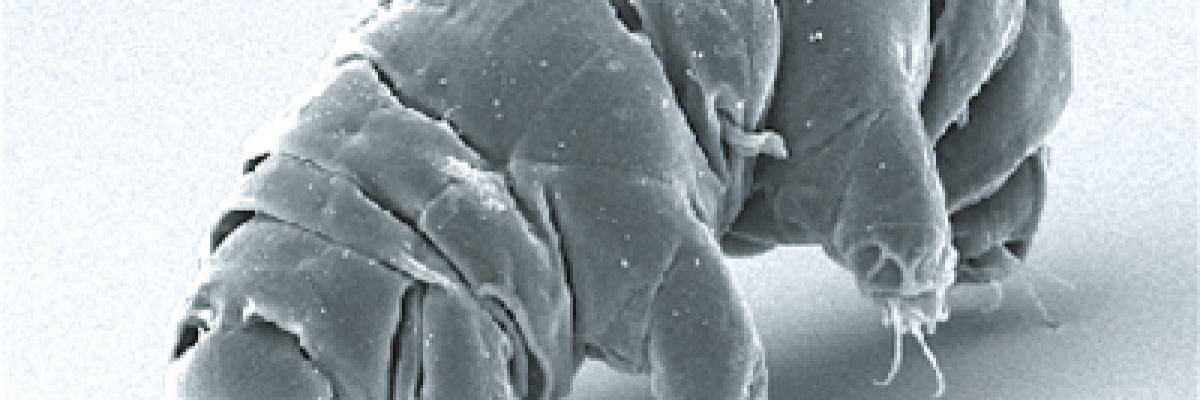Water bear (Tardigrades) are the sturdiest animals known to science. They are microscopic creatures with eight legs, that live in moss in every part of the world, from the frozen poles to the hottest driest deserts. No mammal can survive what they can- living without water for decades, high levels of Gamma and X-Ray radiation, and temperatures that range from minus 272 degrees Celsius to 150 degrees Celsius. These creatures even survived a 10-day journey in space.
For most organisms, these extreme states of strain destroy the DNA inside the cells, but water bears have a protein that delays the damage (damage-suppressor protein (Dsup)) and protects the DNA. Computational research that was done in the center of biotechnology and genomics of plants in Madrid, Spain, claimed to understand to way this protein protects the water bears.
Proteins are a product of our genetic material. The DNA is translated to a sequence (chain) of amino acids that “fold” to a three-dimensional structure. The same sequence will always fold to create the same three-dimensional structure. That particular structure of the protein is what gives it it’s specific role. The proteins can expedite processes (enzymes), neutralize invaders (antibodies), or pass commands inside the cell, like hormones (Insulin is responsible for the cell’s sugar absorption). The discovery of proteins in the beginning of the century had drastically changed our understanding towards the way they work. The common presumption was that the protein needs to have a defined structure to fulfill its role. But scientists now think that no less than 30% of the proteins in our body lack a defining structure, and when a protein has no defined structure, it folds after it binds with another molecule – another protein or a DNA molecule.
A computational imaging of the movement of Dsup protein bound with a living cell’s DNA molecule inside a solution, showed that the Dsup protein is formless and very flexible, and it seems that it can adjust its structure precisely to the water bear’s DNA. Researchers assume that the structure the protein fold into when binding with DNA creates a shield against radiation and protects the DNA.
There are many implications to this research. With genetic engineering Dsup protein can be inserted into many organisms such as plants, bugs and more. Inserting the protein to plants or humans could shield them from radiation and provide them with better conditions during space travel. Researchers inserted the protein into a human cell culture (in a Petri dish) and the results showed a 50% decline in the radiation damages. From here on out, the sky is the limit.
Link to the original article
https://www.nature.com/articles/s41598-020-70431-1







